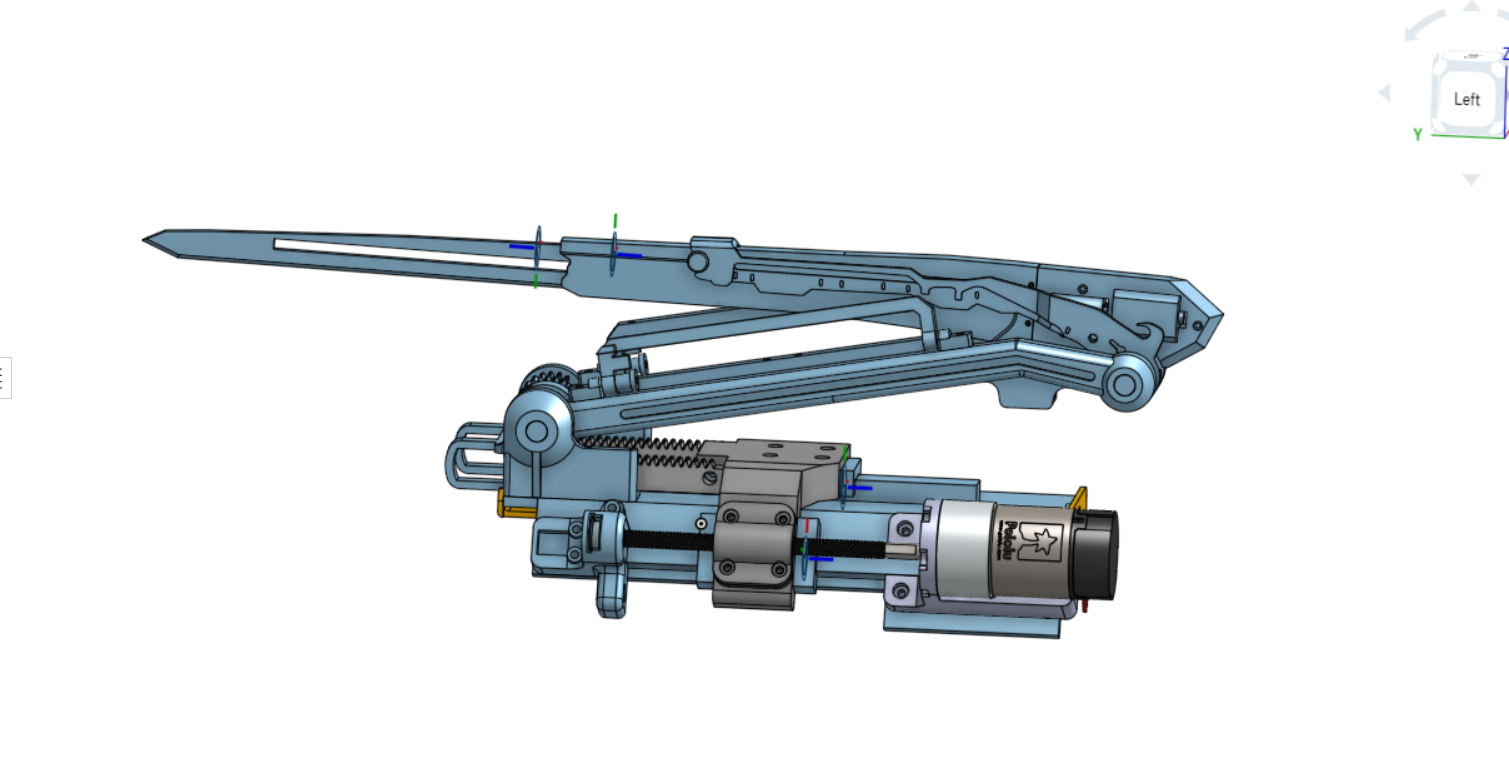Summary: I need to build a linear actuator that has a very fast actuating speed but fits in a very small space.
My Question/Idea: Electric gearmotors, c02, and air pressure, are all ideas that come to mind for this but they all have drawbacks. Gearmotors can only be so small before the power output to rpm is too low. C02 is dangerously high pressure and the small canisters are not very suitable as regulators and fittings seem to be scarce for their use in non purpose built applications. Air compression requires the compressor and air tank which are too large for my application. This leads me to wonder is it possible to drive a pneumatic cylinder using an ignited hydrogen oxygen mixture created using a very small electrolysis hydrogen fuel cell? When considering this I think of how a combustion engine works much the same way. Igniting a gas to drive a cylinder. I'm not sure whether pressure is maintained after ignition within the cylinder like in standard pneumatics with an air compressor. I would expect not. But if using a spring return cylinder would it not be possible to drive that cylinder forward with a very small amount of ignited hydrogen and let the spring return it to its original position? If this works we get a powerful and very small linear actuator with a regenerative gas supply that only requires water and a battery as inputs as well as electrolyte at a less frequent rate. I am interested in doing some experiments to test this idea but before I do I would like to hear from the engineering community. Do you think this feasible? Is there something I have not considered?
Specification Update: I am building a working version of the mantis blades from the cyberpunk 2077 game as referenced in the first image. The following two images are of my prototype so far. The linear drive is what I am trying to solve currently. My current configuration does not produce enough torque and is not fast enough. I can't find any alternatives that exceed this motor in power/rpm to size ratio which is why I'm exploring alternative linear drive options. The replacement needs to fit in the available space of the right and left side panels of the assembly. The dimension of space in each panel is 40mm Wide, 40mm High, 200mm Length. The base joint and upper arm joint are connected by .25inch roller chain(not shown in model) to allow blade to stay parallel with the base as it is raised and extended. I measured the linear force required to lift the upper arm assembly. This was done by pulling the rack assembly rearward with a fish scale in place of a pull force gauge so this is a rough estimate but I measured 19lbs or 84.5N. Most parts are currently 3D printed but will be aluminum so the solution will need to exceed the current state. I can calculate that later.
Motor: 24V, 3kg cm torque, 600rpm no load, 37mm diameter x 64mm length (more torque needed, not fast enough)
Lead screw: 6mm, 1.33mm pitch, 6 start, 8mm travel per rotation.
I plan to power the system with a lipo battery. I can specify further on microcontroller control and electronics if needed.


